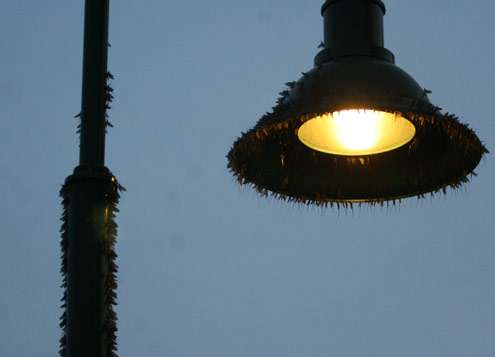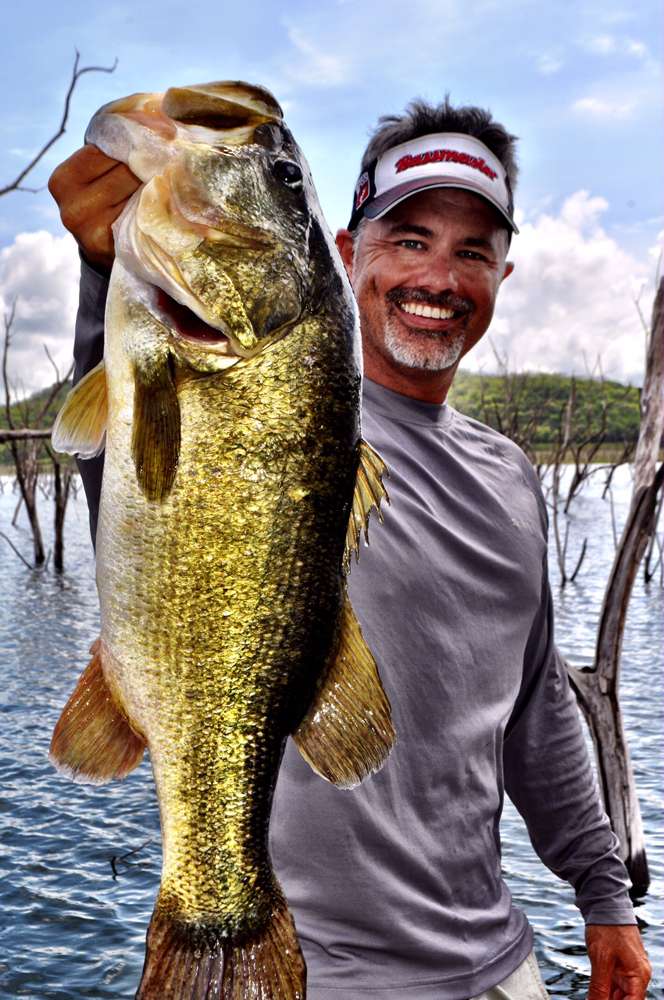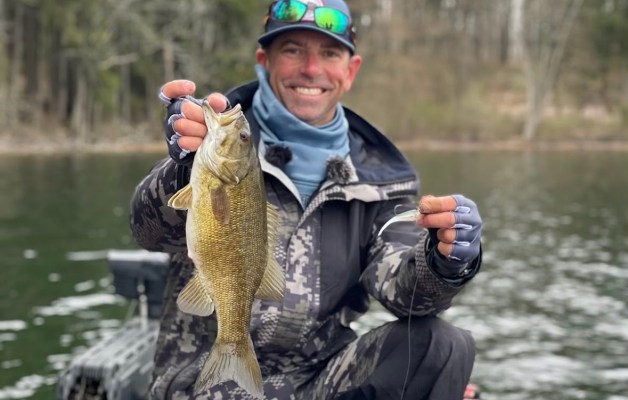
The cobwebs spanning the old slider windows of the boathouse were as thick as icing and multilayered. It was hard to tell if the spiders were weaving out of boredom or if they actually knew what was about to flit their way. We were three weeks into May, which meant, at least on the red clay banks of Lake Arrowhead in north Texas, that we’d go to bed with sheets of window icing as pure as the wind-driven snow only to wake up the next morning with a buzzing mayfly cake.
For me and my brother, visiting our grandparents’ lake house during the summers of the late ’70s represented the best time of year to load a minnow bucket full of bluegill, which our grandfather would use on a nearby trotline to catch huge flathead catfish equaling a month’s worth of dinners. We didn’t have to mess around with threading red wigglers on a tiny hook. Our dirty cutoffs didn’t have to get any dirtier from worm slime. Nope, we simply plucked a mayfly from the webs (thank you, sir spider), ran our small hooks through the thorax and plopped the still-quivering bug on the surface of the water. It wouldn’t take two breaths before a sunfish would slurp it down and end up on the inside of the dented, metal minnow bucket.
Sometimes the bluegill would get cut a little short in the attempt, a gaping mouth beneath the water’s surface inhaling before the bug was eaten. And sometimes, to our chagrin, the bass would come straight for the mayfly on our hooks, usually ending in a broken line and lost hook. We were not fans of bass in the ’70s. Not yet.
The mayfly is one of the coolest bugs, at least in my opinion, of all the bugs. Full transparency, I don’t like bugs. The mayfly doesn’t bite. It’s not creepy looking. And best of all, it can be a bass angler’s wingman … literally. So, mayfly for the win.
Although its name insinuates it will appear in May, anglers can expect to see these morsels hatch between May and August, depending on the species and location. And be prepared to act quickly, as the adult form of the insect has a lifespan of only 48 hours, at best (another reason this is the best bug ever). When they do hatch, however, they hatch with reckless abandon. On just the Mississippi River alone, a synchronized hatch of around 18 trillion mayflies (3,000 times the number of people on earth) will surface in the span of just a few weeks. Riverside communities have had to use snowplows to clear roads of the mounds of dead bugs.
As for me, about the time those old, dirty cutoffs didn’t fit anymore, I graduated from focusing on the bluegill eating the mayflies to the bass eating the bluegill that were eating the mayflies. My grandfather had one baitcaster in the dusty corner of that old boathouse on Lake Arrowhead, and I eventually learned how to use it with only the occasional backlash. He had about five bass plugs, one of which was a Hula Popper. There were just a couple of strands of its plastic tail left when I first tied it on. But, it still popped just fine. And the big, red mouth of that topwater bait must have looked like a sunfish coming to eat a mayfly on the rippling lake’s surface, because I landed a bass on my first cast, the explosion of the bite nearly making me soil my clean, new pair of cutoffs. My love for bass likely started then and there … and my appreciation for the mayfly certainly did.





